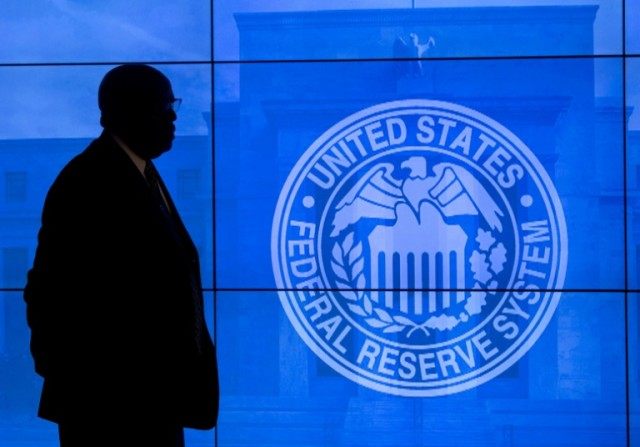Federal Reserve policymakers, meeting next week, should provide more clarity about raising interest rates in December.
After keeping the Federal Funds rate near zero for 7 years, the Fed raised its target range to 0.25 to 0.50 percent last December. Quite unrelated, the economy went through another rough winter and spring with GDP advancing at only a 1.1 percent annual rate.
The economy improved in the third quarter, and added an average of 192,000 jobs each month. Unemployment has remained at about 5 percent, because adult labor force participation is ticking up as job opportunities become more attractive.
Wages are up significantly for African Americans, and unemployment is down in presidential swing states, where restructuring in manufacturing has often killed jobs. Historically, as the economy reaches full employment the pockets more resistant to wage and employment gains— minorities and dislocated workers—experience the most robust progress.
Also, retailers are hiring earlier for the holiday season, because the starting point for this shopping burst increasingly begins around Halloween instead of Thanksgiving and they expect challenges in finding suitable workers.
Inflation picked up in September and should be stronger going forward as gasoline, natural gas and other energy prices reflect the recent firming in oil prices.
Although inflation has not pierced the Fed’s 2 percent target, it is important for it to get out in front of wage and energy price pressures, while it still enjoys the latitude to gradually raise rates. An abrupt interest rate response to a surge in wages and prices could kill the economic expansion even though most families and many businesses have not fully recovered from the financial crisis.
Even as the Fed raised short rates a notch last December, mortgage and Treasury rates moved lower as weakening economic conditions in China and political turmoil in Europe drove foreign investors into U.S. bonds. Lower rates have supported a stronger recovery in U.S. new home sales.
Increasing short rates now would drive mortgage and other long rates higher, because the effects of the above-mentioned events abroad have been absorbed by capital markets. Gradually pushing rates up would permit prospective home buyers to process the prospects for higher inflation and recognize that real mortgage rates—the nominal less future inflation—remain attractive.
Stocks are hardly overvalued given the abundance of financial capital around the world seeking higher yields. Businesses are using capital more efficiently these days (for example, software companies require less capital than traditional manufacturers to create new products). Together, those drive up underlying enterprise values and sustainable price-earnings ratios.
Too often when Fed Chairwoman Yellen or one of her lieutenants musses the time is drawing near to finally raise rates, stocks take a nose dive, and more certainty about future policy is sorely needed to minimize counterproductive gyrations in the stock market.
Conditions in China and Europe have pushed up the dollar against foreign currencies over the past two years, and gradually increasing interest rates would limit further appreciation that would hurt U.S.-based manufacturing and technology-intensive service activities that compete in international markets.
Real estate, stock markets and the broader economy have prospered with much higher interest rates than we have now. In all of this, however, homebuyers and builders, investors and business leaders would like as much certainty from policymakers as a turbulent world permits.
Next week, it would be best for Fed policymakers to avoid presidential politics and stand pat on short rates, but indicate a December increase is highly likely and further rate increases will be gradual and according to a schedule.
The Fed should announce it will raise interest rates a modest one-eighth or one-sixteenth of a point at each of its forthcoming meetings going forward—and stick to the schedule unless substantial changes in the economic data warrant.
A policy of normalizing interest rates with some certainty as to pacing should permit the economic recovery to continue without labor markets overheating or inflation flying out of control.
Peter Morici is an economist and business professor at the University of Maryland, and a national columnist. He tweets @pmorici1.

COMMENTS
Please let us know if you're having issues with commenting.